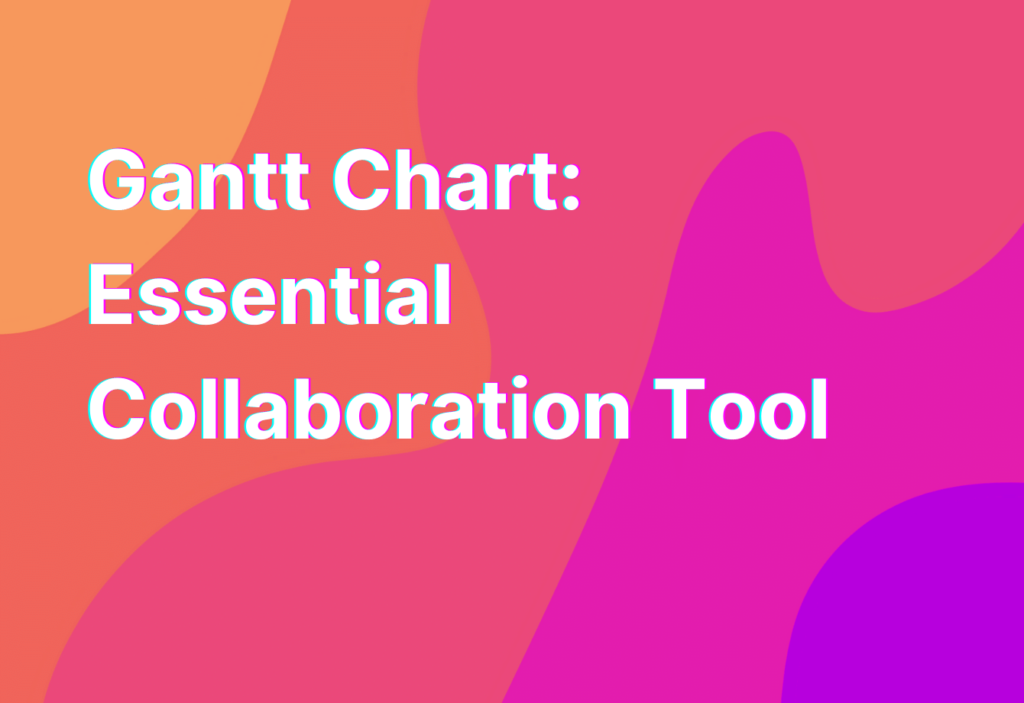Gantt Chart: Essential Collaboration Tool
Hey there, remote work enthusiasts! It’s Ashley here, your friendly remote work advocate with 10 years of experience in the tech industry. Today, I want to talk to you about a collaboration tool that has been a game-changer for me and many other remote workers: the Gantt chart. Trust me, once you start using it, you’ll wonder how you ever managed without it. So, let’s dive in and explore the wonders of the Gantt chart!
What is a Gantt Chart?
A Gantt chart is a visual representation of a project schedule. It provides a timeline view of tasks, their dependencies, and their progress. Named after its creator, Henry Gantt, this tool has been around for over a century and continues to be widely used in project management.
Imagine having a clear, organized, and visually appealing overview of your project’s timeline. With a Gantt chart, you can easily see which tasks are dependent on others, identify potential bottlenecks, and track progress. It’s like having a project manager right at your fingertips!
Why Use a Gantt Chart for Remote Work?
Remote work comes with its own set of challenges, especially when it comes to collaboration. Without the luxury of face-to-face interactions, it’s crucial to have tools that facilitate effective communication and coordination. And that’s where the Gantt chart shines!
Here are a few reasons why a Gantt chart is an essential tool for remote work:
- Visualize the Big Picture: Remote teams often work on complex projects with multiple moving parts. A Gantt chart allows you to see the entire project at a glance, making it easier to understand the overall timeline and how different tasks fit together.
- Track Progress: With a Gantt chart, you can easily track the progress of each task and identify any delays or bottlenecks. This helps keep everyone accountable and ensures that the project stays on track.
- Manage Dependencies: When working remotely, it’s crucial to know which tasks are dependent on others. A Gantt chart clearly shows task dependencies, making it easier to plan and prioritize work.
- Collaborate Effectively: Remote teams rely heavily on collaboration tools to stay connected. By using a Gantt chart, team members can easily see who is responsible for each task and how it fits into the overall project. This promotes transparency and helps avoid confusion.
- Improve Communication: Communication is key in remote work, and a Gantt chart can facilitate better communication among team members. It provides a shared visual reference that everyone can refer to, reducing the need for lengthy explanations and clarifications.
Now that you know why a Gantt chart is a must-have tool for remote work, let’s explore some popular options that you can start using right away!
Popular Gantt Chart Tools
There are several Gantt chart tools available, each with its own unique features and pricing plans. Here are a few popular ones:
- Trello: Trello is a popular project management tool that offers a Gantt chart power-up. With its user-friendly interface and drag-and-drop functionality, Trello makes it easy to create and manage Gantt charts. Check out Trello’s website to learn more.
- Asana: Asana is another widely used project management tool that offers Gantt chart views. It integrates seamlessly with other collaboration tools and provides a comprehensive platform for remote teams. Visit Asana’s website for more information.
- Monday.com: Monday.com is a versatile project management tool that offers a range of features, including Gantt chart views. It’s known for its intuitive interface and customizable workflows. Explore Monday.com to see if it’s the right fit for your team.
These are just a few examples, and there are many other Gantt chart tools available. Take the time to explore different options and find the one that best suits your team’s needs.
Wrapping Up
And there you have it, folks! The Gantt chart is a powerful collaboration tool that can greatly enhance remote work. With its ability to visualize project timelines, track progress, and improve communication, it’s no wonder that remote teams swear by it.
If you’re looking for more ways to boost collaboration in your remote team, be sure to check out our article on group chat tools. It’s filled with tips and recommendations to help you stay connected and productive.
Until next time, happy remote working!


